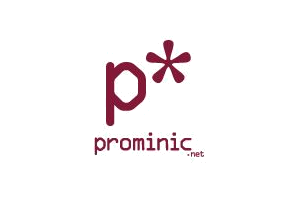Feedback from my last posting on DomainKeys
Tags :Rant
I saw I had one lonely comment on my last
posting and was actually excited to see Chris
Linfoot himself commented. I
don't go nearly as in depth as he does when talking about Domino and SMTP
stuff (mainly because one area I want to do I am still under contract with
The
View not to write up for now).
But he linked to a posting of his that went into great detail that
I enjoyed reading, as well as you should.
So let's just follow along on more of my
thoughts and let the two postings work together. Chris covers header
changes and brings up a point I was getting to on the receiving side posting
I was going to do actually. Many of you scan, add fields and make
all sorts of changes. My thought here is that to make this work the
right way would be an investment on the receiver side to place a SMTP box
that does nothing but check DomainKeys before sending the message through.
This box would not scan, add fields, or do about anything but verify
integrity. This whole thing also assumes that the sender does
nothing to the message past the point of the sending server that is listed
with DomainKeys.
So Chris summed it up right there. If
there is changes made to the message after the sending and before the DomainKey
can be verified, there is huge flaws in this plan. While whitelisting
is something I have been playing with internally, it has a long way to
go since you require management of a private DNS whitelist or, you have
to trust a public one, just as you do the blacklist sites. I also
pondered one thing, and that has to deal with S/MIME and keeping the encryption
and digital signatures separate. I would imagine the content is of
course S/MIME and the wrapper of the message is DomainKeys, but what about
digital signatures. This is all leading me to a complete rewrite
for verification that would cover all three. I could see this draft
coming somewhere down the road. A single source solution that would
eliminate having to keep track of whitelists, blacklists, keys for individuals
and encryption. A buffet of sorts.
I can see abuse of public whitelist servers,
of people trying to get themselves listed. How would that occur?
Well some sort of verification one would presume right? And
even if a domain is whitelisted, who is to say that is where it came from,
or what if the sending SMTP host differs from the domain, as many of you
companies do now.
OK, I had people coming in the office so
I rambled through 14 topics in a short time, sorry about that.
blog comments powered by Disqus
On Friday, August 20th, 2004 by Chris Miller








